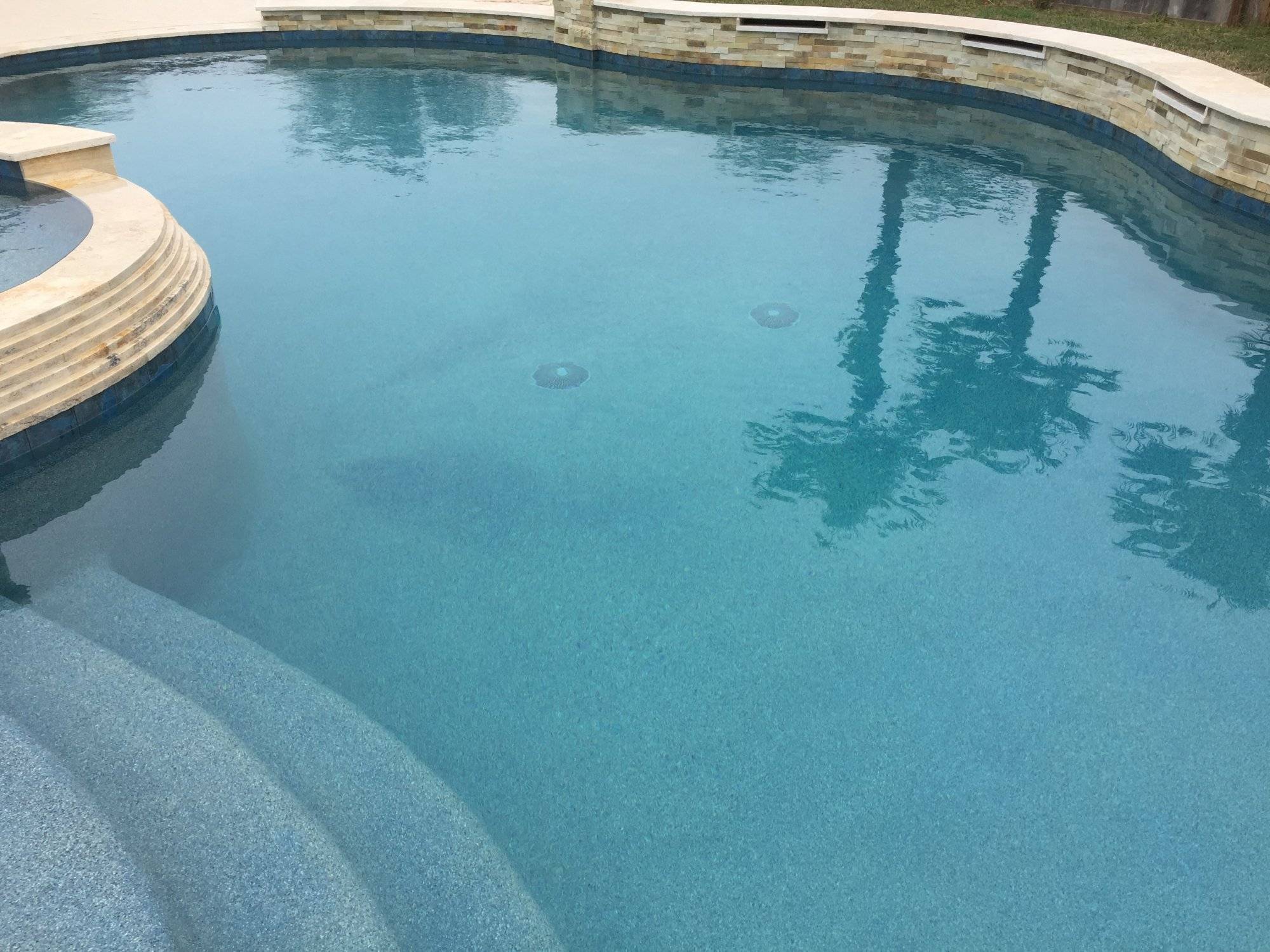HI
I am researching potential probs for a gunnite pool shoot scheduled for this weekend (Dec 17) from a reputable pool contractor. That said, the contractor subs out this part of the pool build project. I am a landscape designer and in this case acting as GC for the project as well. My instincts tell me its too cold to do anything with a concrete mix now but ive been assured that they do this all winter long without it ever being an issue. Can anyone provide a short list of questions I should have them answer before they start? Thanks
PS - I did read the now defunct thread on a similar topic posted in this forum years back but it didnt really provide any type of clear cut check list . The concensus was that it could be done but that 'precautions had to be taken' . Im wondering what specifically those precautions might be.
Thanks so much, ive installed hundreds of hardscapes , a few of which were structurally quite complicated, but never a pool so Im a bit nervous.

I am researching potential probs for a gunnite pool shoot scheduled for this weekend (Dec 17) from a reputable pool contractor. That said, the contractor subs out this part of the pool build project. I am a landscape designer and in this case acting as GC for the project as well. My instincts tell me its too cold to do anything with a concrete mix now but ive been assured that they do this all winter long without it ever being an issue. Can anyone provide a short list of questions I should have them answer before they start? Thanks
PS - I did read the now defunct thread on a similar topic posted in this forum years back but it didnt really provide any type of clear cut check list . The concensus was that it could be done but that 'precautions had to be taken' . Im wondering what specifically those precautions might be.
Thanks so much, ive installed hundreds of hardscapes , a few of which were structurally quite complicated, but never a pool so Im a bit nervous.



